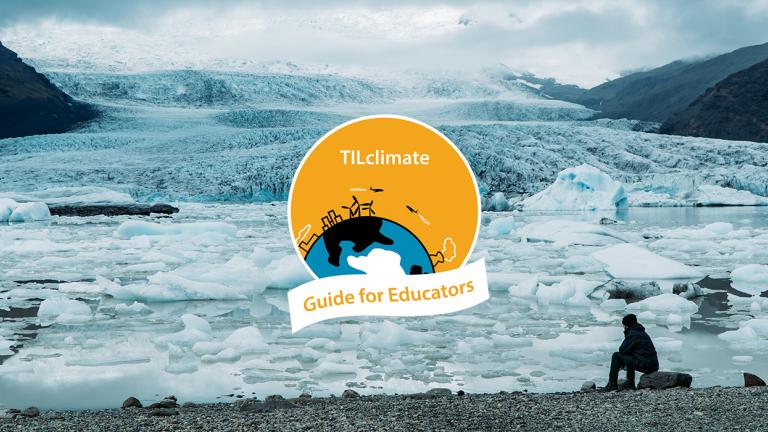About This Lesson
Earth's climate system is enormously complex, and scientists develop climate models to understand how climate change will play out in different parts of the world. Students play a climate resilience game, and then explore the Intergovernmental Panel on Climate Change’s 5th Assessment Report to learn more about how climate scientists handle uncertainty in models.
SWBAT
- Understand that scientists use multiple models to predict the future of Earth’s climate.
- Explain the importance of agreed-upon language for uncertainty.
- Understand that specifics may be uncertain, even while the overall trend is very clear.
Skills
- Graph reading
- Close reading of scientific text
- Group communication
Standards Alignment:
- HS-ESS3-5 Analyze the results from global climate models.
- RST.11-12.2 Determine the central ideas or conclusions of a text; summarize complex concepts, processes, or information presented in a text.
Disciplinary Core Ideas:
- ESS2.A Earth Materials and Systems
- ESS2.D Weather and Climate
- ESS3.C Human Impacts on Earth Systems














